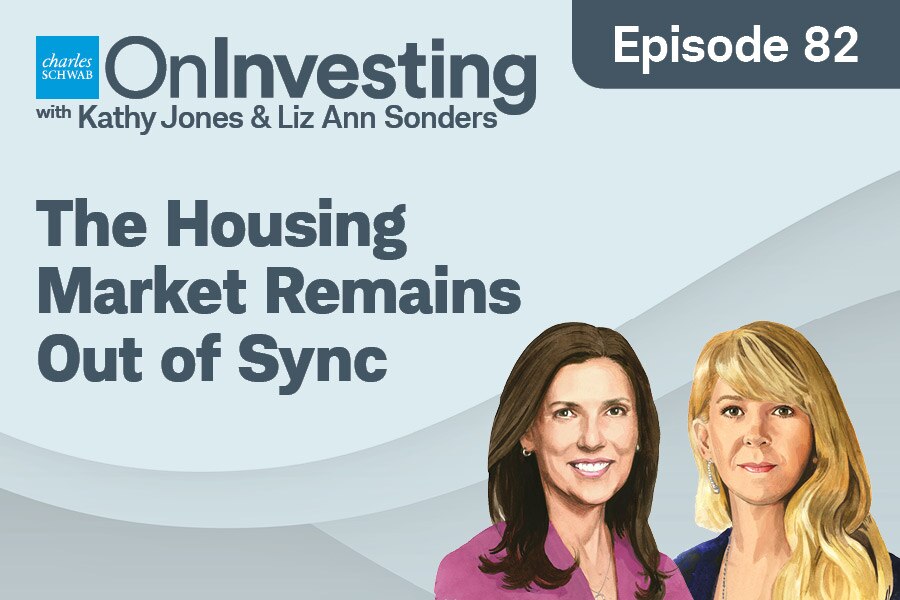On Investing
From market moves to the latest economic news, On Investing looks below the surface of the headline data to bring you fresh insights on what's happening and why—and what the implications are for your portfolio.
Public & Private Markets Converge?
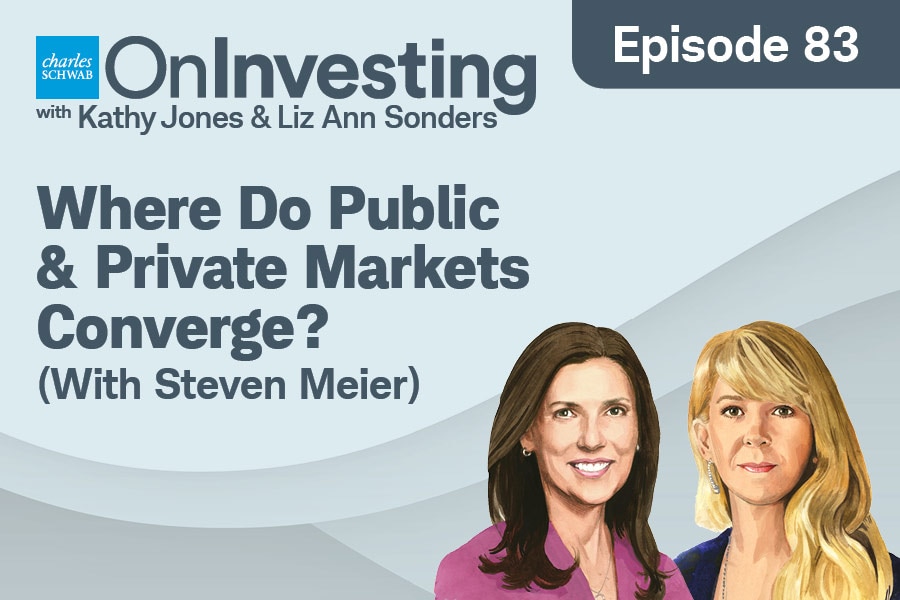
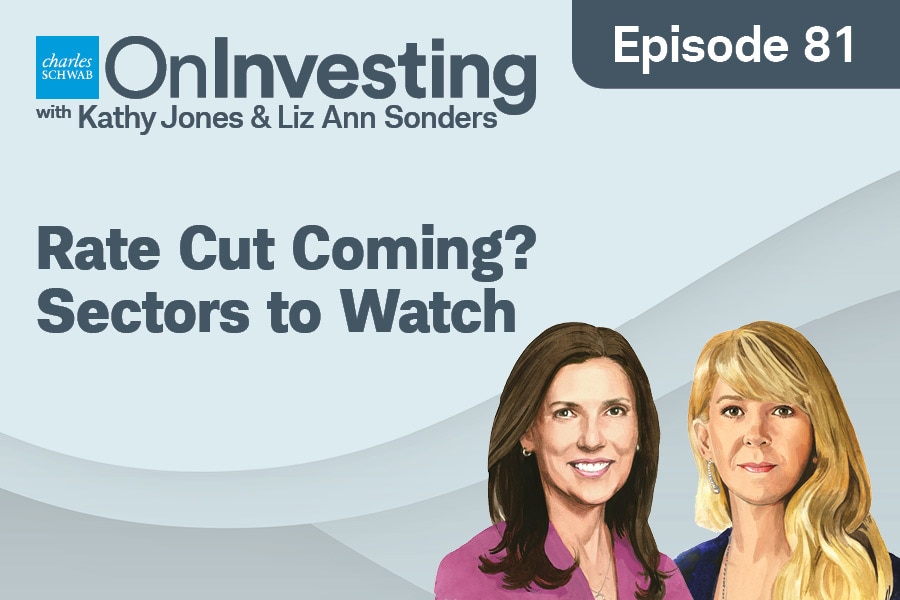
Rate Cut Coming? Sectors to Watch
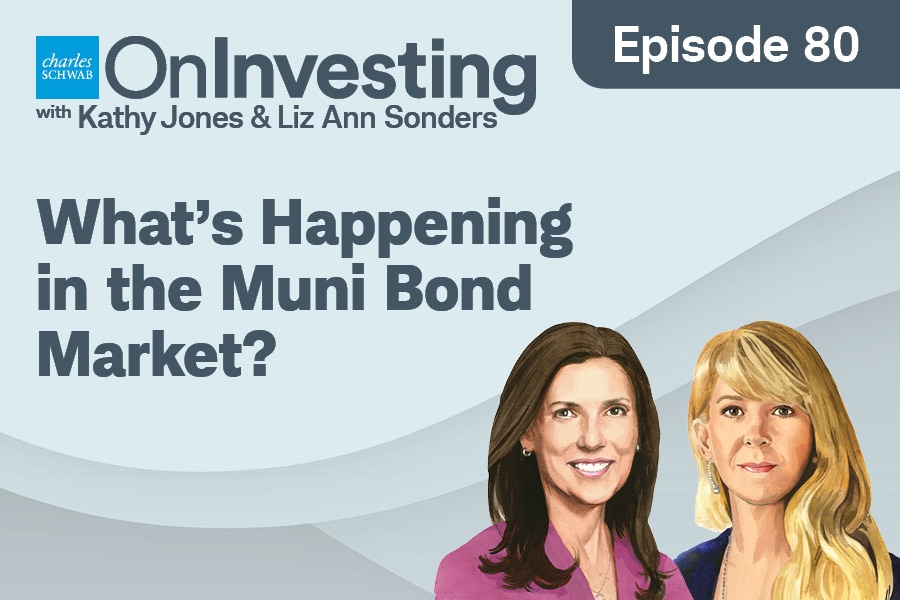
Muni Bond Market Update
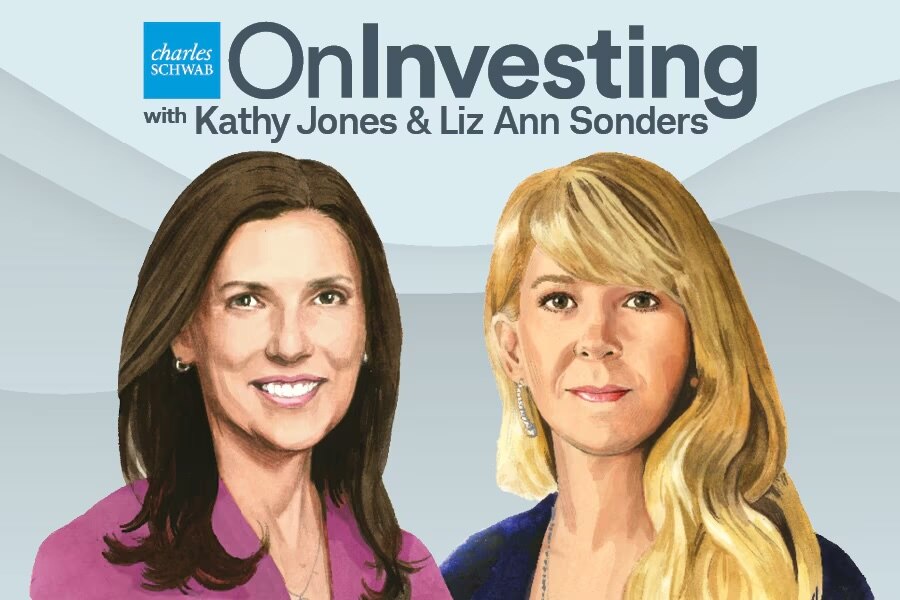
Inflation Edges Up

What's the Tariff End Game?
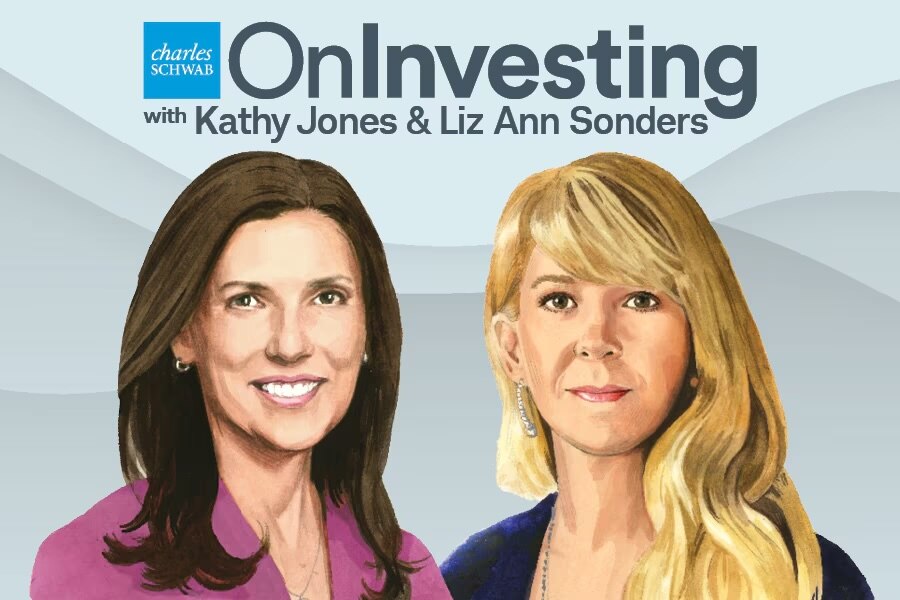
Trends in the Credit Markets

Latest Inflation Numbers

Tariffs & Deficits

Markets and Economy
Geopolitics & the Markets

Markets and Economy
'Muddiness' & Uncertainty

Markets and Economy
Tariff-Related Impacts Continue

Markets and Economy
Navigating the 'Funky' Market Environment

Markets and Economy
Inflation or Unemployment?

Markets and Economy
Confidence in U.S. Investability

Markets and Economy
Bond Markets React to Uncertainty

Markets and Economy
Market Volatility & Dividends

Markets and Economy
Recent Market Volatility

Markets and Economy
Labor Market & Tariffs

Markets and Economy
The Risk of Stagflation

Markets and Economy
Recent Questions From Investors

Markets and Economy
The State of Housing Markets

Markets and Economy
Do Tariffs Change Outlook?

Markets and Economy
China Enters the AI Chat

Markets and Economy
Navigating Tariffs & Inflation

Markets and Economy
The Resilient Economy

Markets and Economy
2025 Outlook: U.S. & Global

Markets and Economy
Uncertainty Around Future Policy

Markets and Economy
Post-Election Market Dynamics

Markets and Economy
Bond Market Volatility

Markets and Economy
Market Pros & Cons
Explore more topics
The information provided here is for general informational purposes only and should not be considered an individualized recommendation or personalized investment advice. The investment strategies mentioned here may not be suitable for everyone. Each investor needs to review an investment strategy for his or her own particular situation before making any investment decision.
All expressions of opinion are subject to change without notice in reaction to shifting market conditions. Data contained herein from third-party providers is obtained from what are considered reliable sources. However, its accuracy, completeness, or reliability cannot be guaranteed.
Examples provided are for illustrative purposes only and not intended to be reflective of results you can expect to achieve.
Investing involves risk including loss of principal.
Past performance is no guarantee of future results, and the opinions presented cannot be viewed as an indicator of future performance.
The Schwab Center for Financial Research (SCFR) is a division of Charles Schwab & Co., Inc.
Apple, the Apple logo, iPad, iPhone, and Apple Podcasts are trademarks of Apple Inc., registered in the U.S. and other countries. App Store is a service mark of Apple Inc.
Google Podcasts and the Google Podcasts logo are trademarks of Google LLC.
Spotify and the Spotify logo are registered trademarks of Spotify AB.
